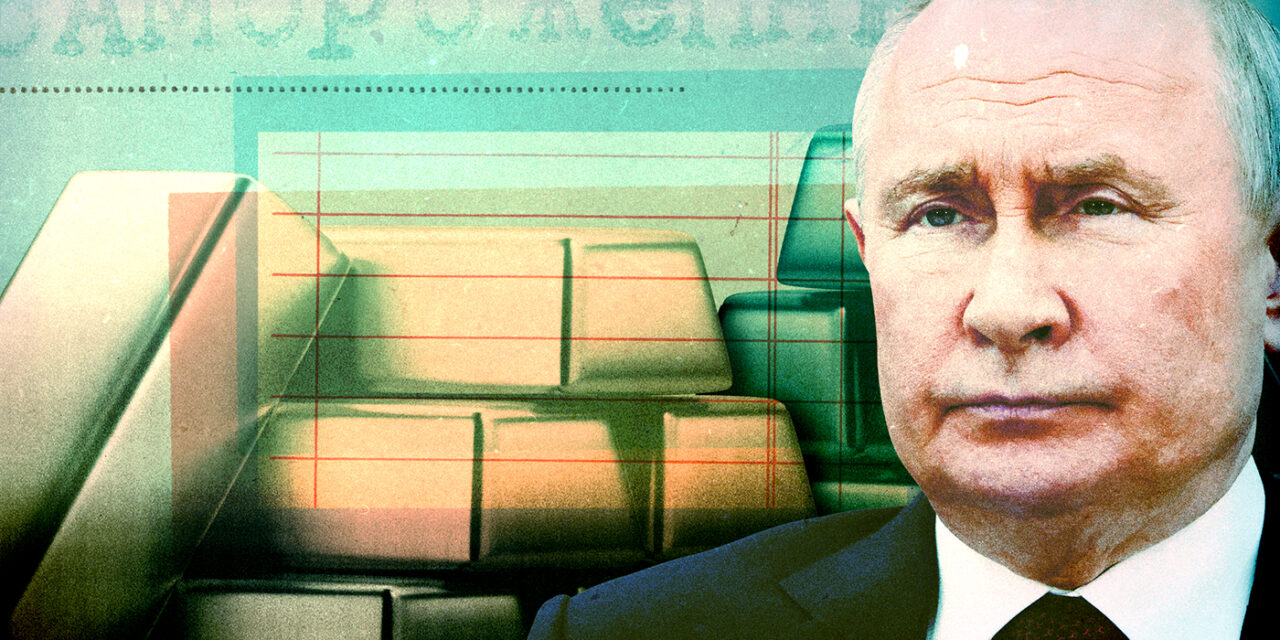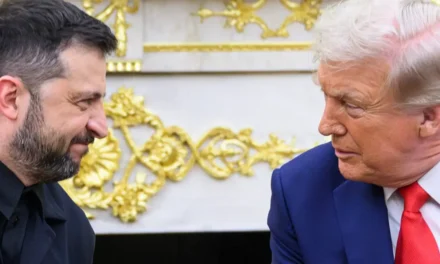Russia has crossed a grim threshold in Ukraine: Kyiv estimates that 1 million Russian soldiers have been killed or wounded since the full-scale invasion began, and the Kremlin’s method for sustaining the war—paying people to fight while avoiding broad mobilization—now threatens to swamp its finances. Moscow is effectively running two militaries. The conscript force is legally and socially insulated from foreign combat, which pushed the Kremlin to lean on a parallel “contract” army built on cash incentives. After partial mobilization in September 2022 triggered rare public protests, the state doubled down on money: base sign-up bonuses were lifted to 400,000 rubles, while some regions dangle one-off payments near $40,000—an astonishing sum in a country where the average monthly wage hovered under $1,000 in 2024. With battlefield attrition forcing replacements on the order of tens of thousands monthly, those bonuses alone add up quickly; independent estimates put daily spending on recruitment payments around $24 million before wages, death benefits, kit, and lifetime care are counted. The result is a swelling, open-ended bill that coincides with lower hydrocarbon revenue and the drag of sanctions. Military outlays have climbed to roughly 6.3% of GDP, deficits are widening, taxes are rising, social spending is being trimmed, and banks are taking on growing risks to keep the war economy liquid. Analysts warn that overheating and a financial-sector shock are plausible failure points should a major bank stumble. Sanctions pressure is still tightening—Brussels has approved an 18th package, and in Washington a bipartisan proposal would slap punitive tariffs on trade partners that keep buying Russian oil—yet the single most decisive lever may be Ukraine’s ability to keep inflicting heavy losses. If Ukrainian lethality drops, Russia’s recruitment costs ease and the fiscal math improves; if it stays high, the Kremlin’s pay-to-fight model becomes harder to fund with every month of war.
Russia’s Paid-War Model Is Hitting an Unpayable Economic Wall












